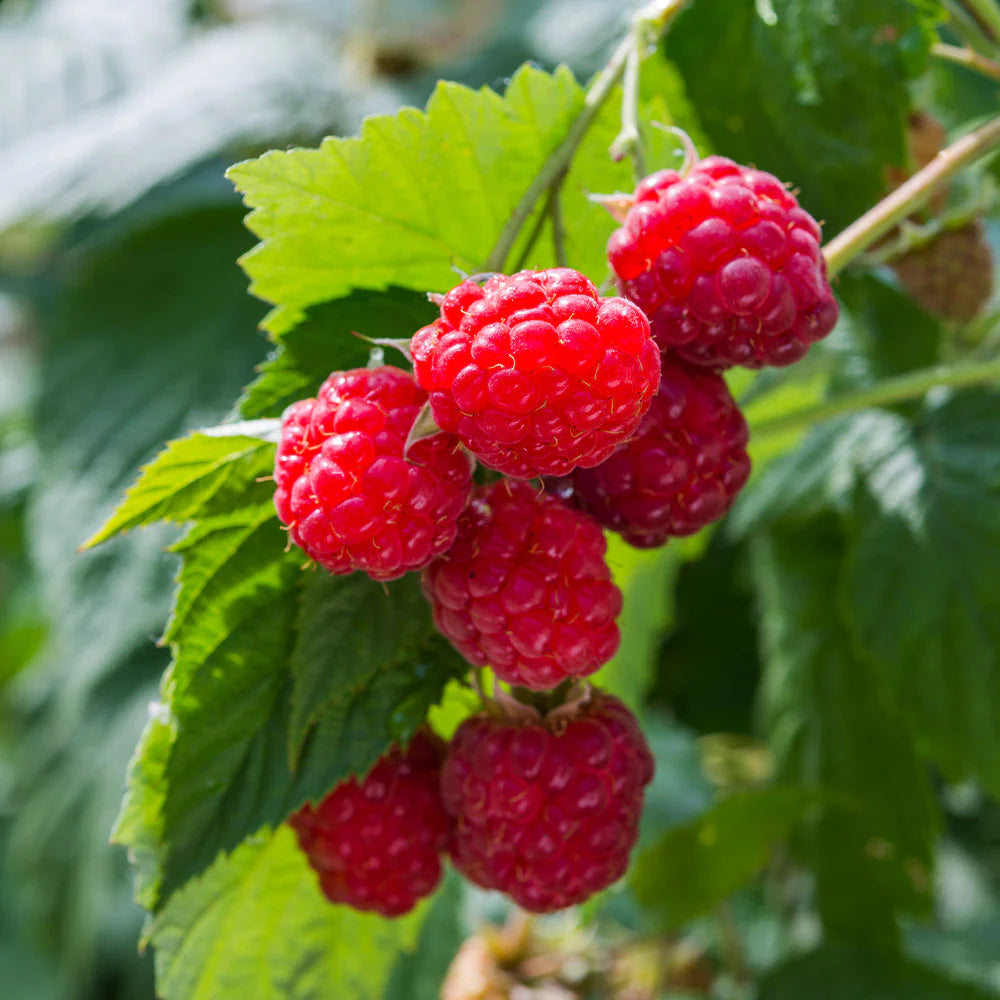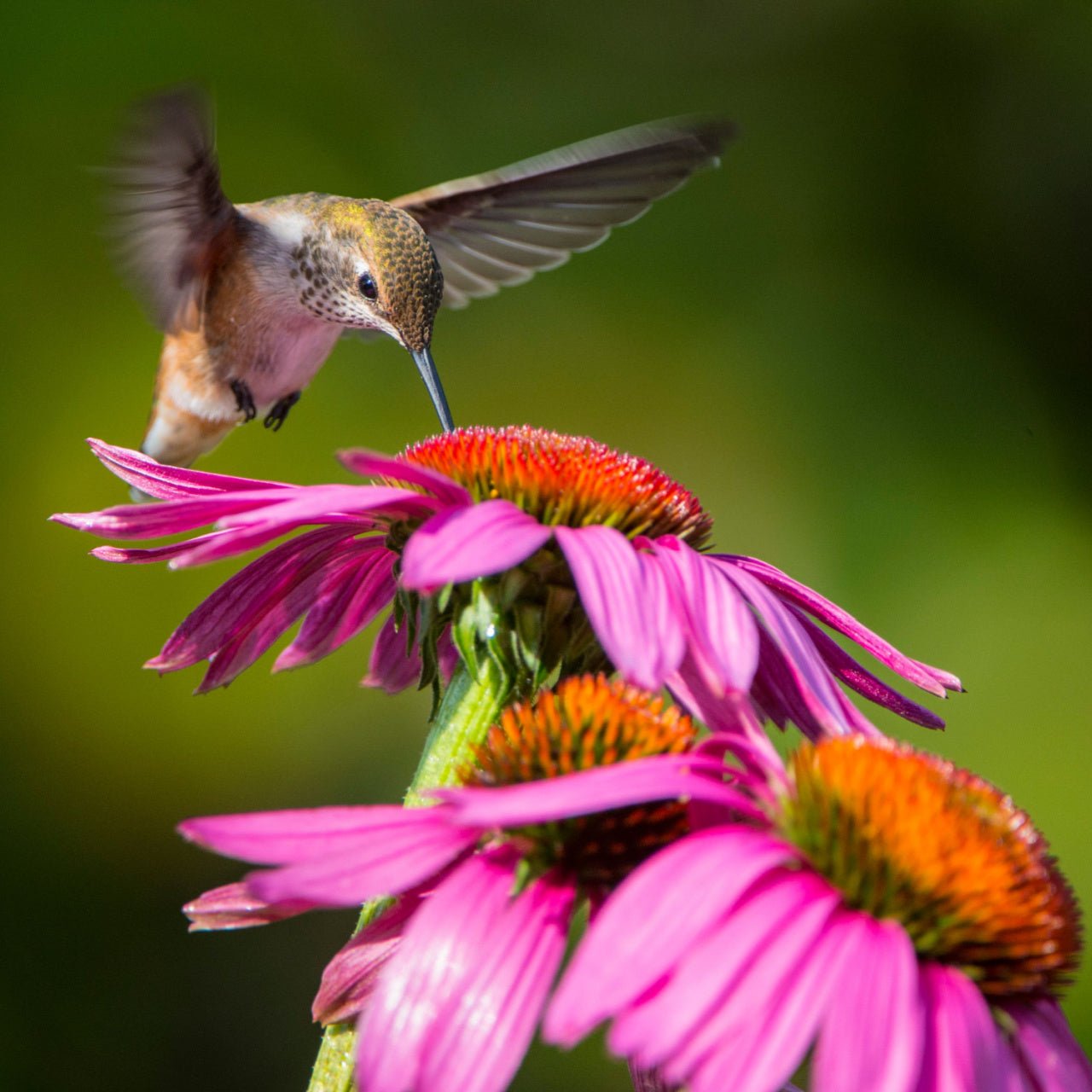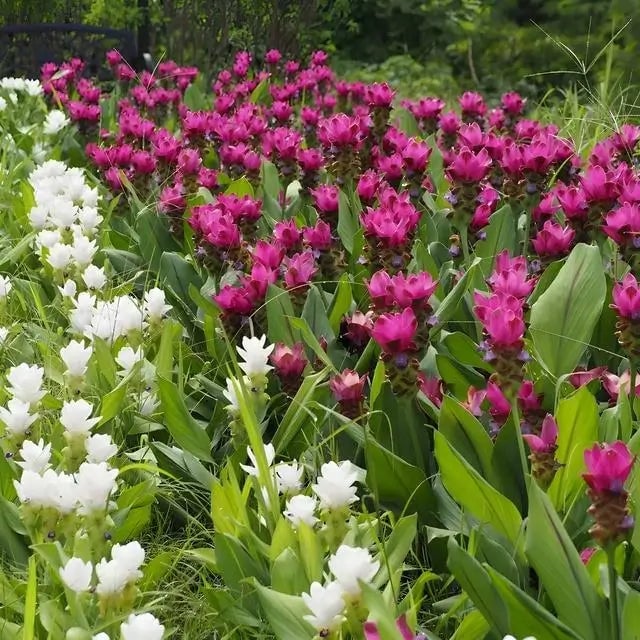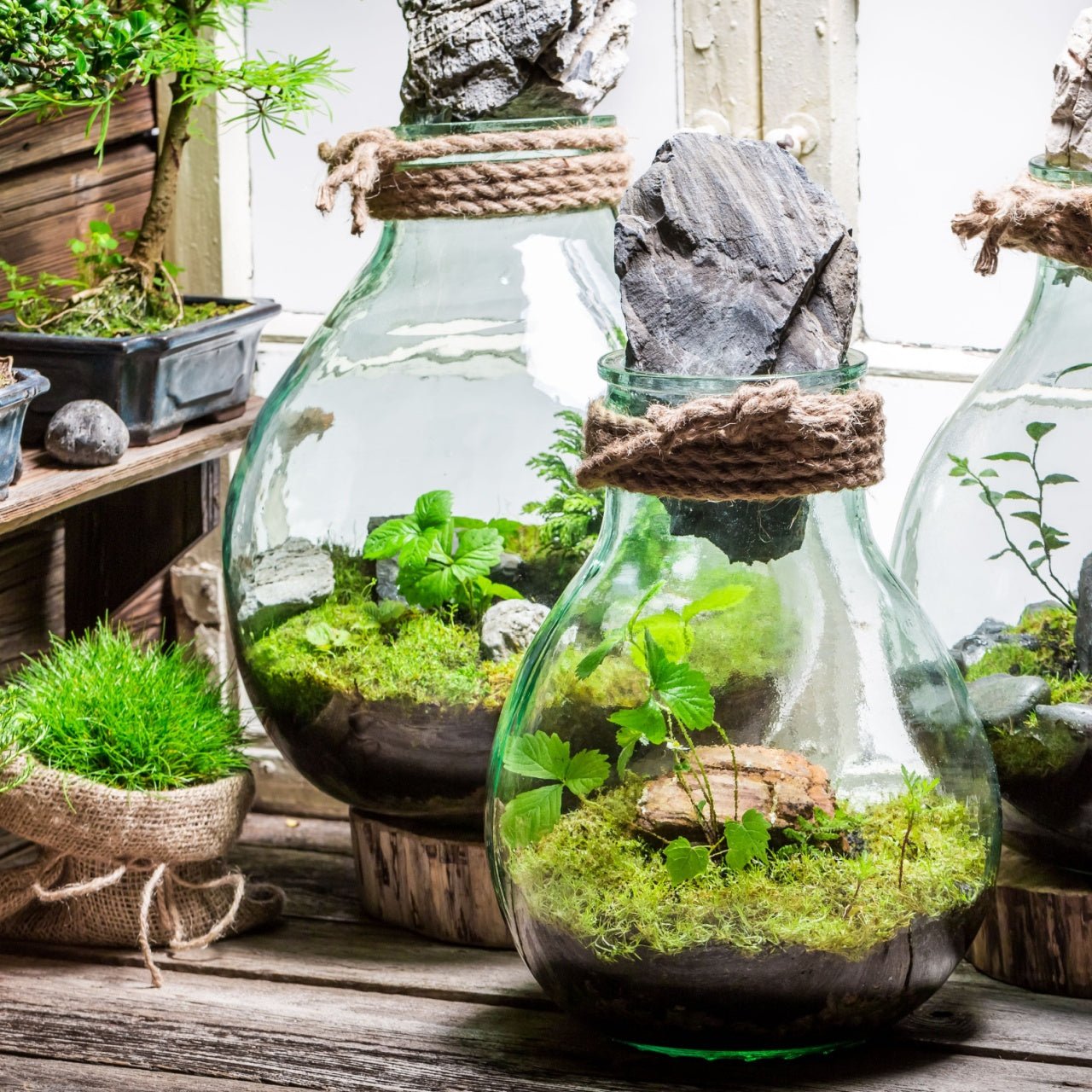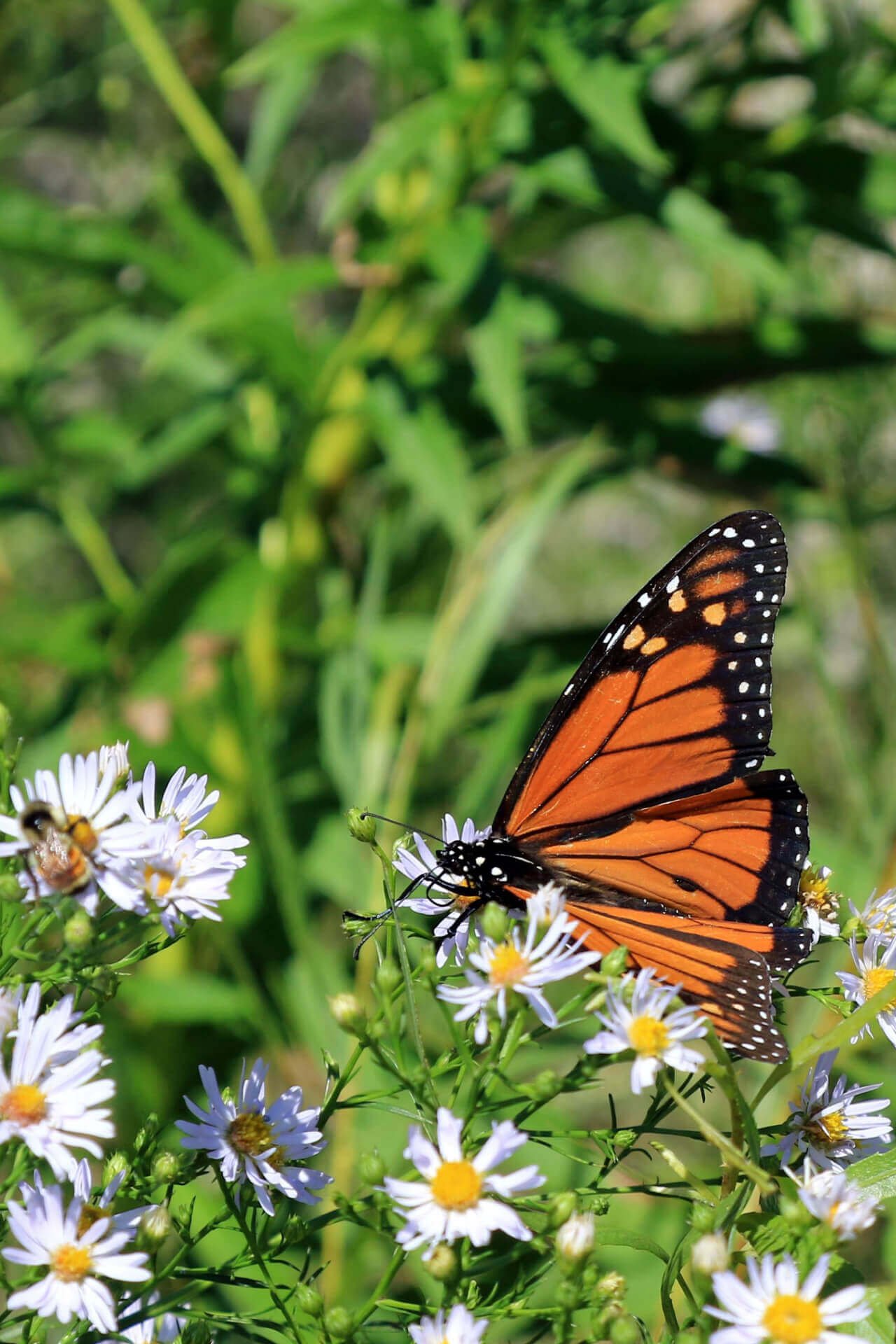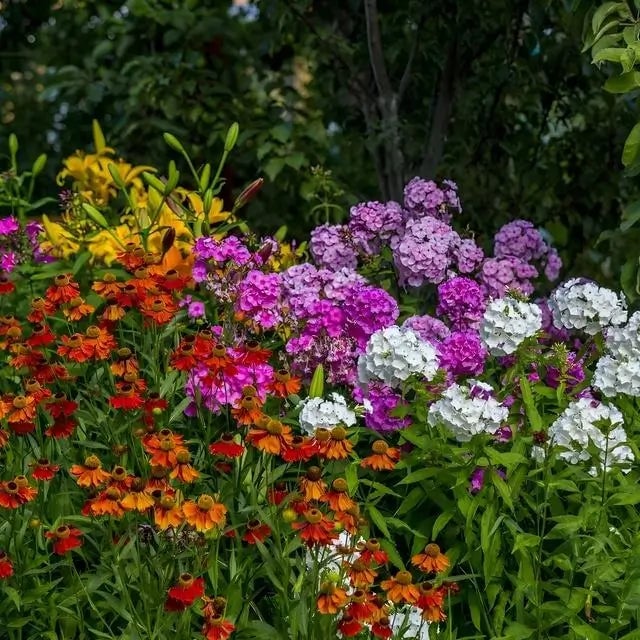

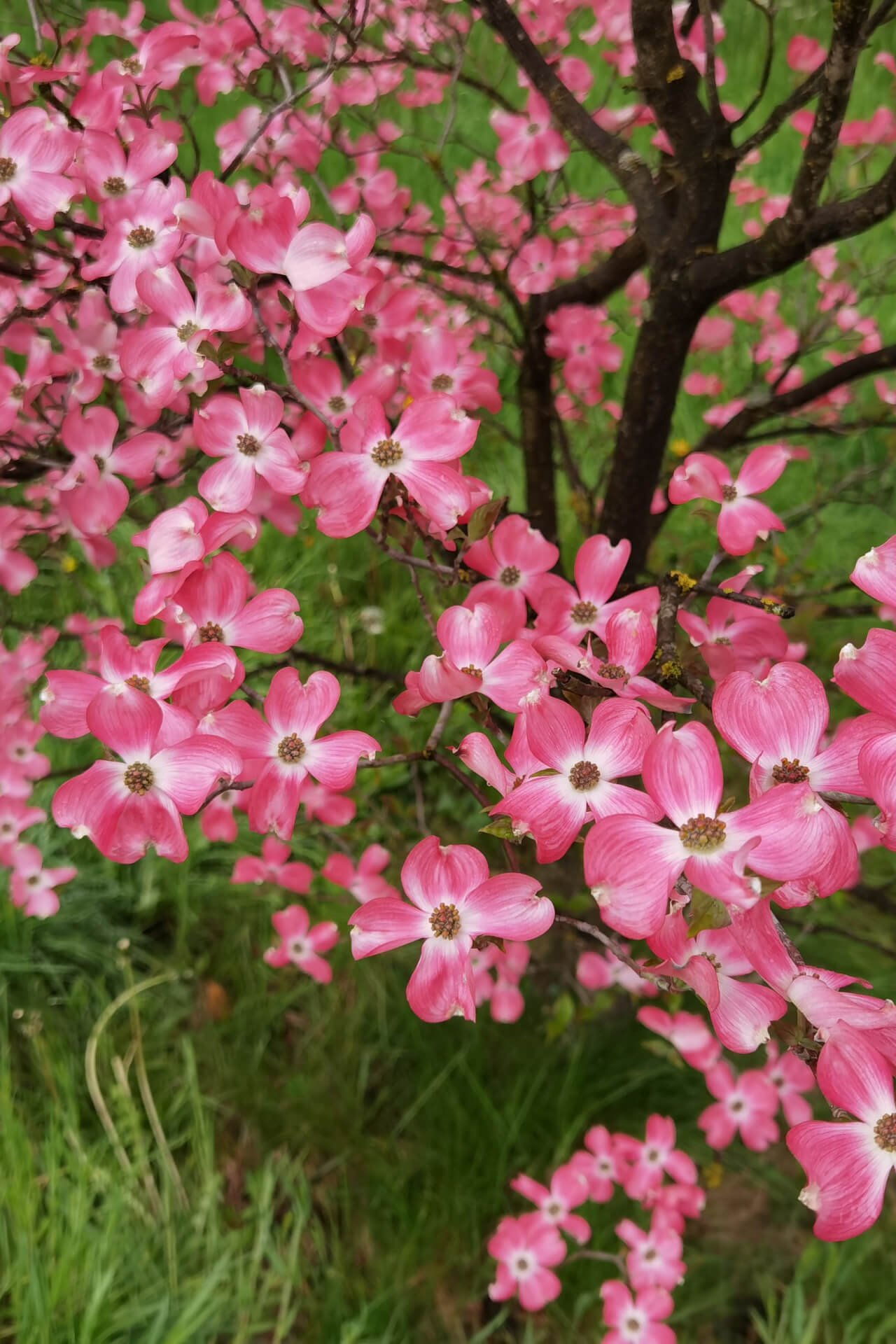

Pink Dogwood
Thrives in Zones 5 - 9
Wildlife-friendly, attracts birds
Ideal for small landscapes
Attractive year-round foliage
Ships in
Ships Spring 2026Buy Pink Princess Dogwood For Sale
Pink Princess Dogwood is a hardy ornamental deciduous tree. It is beloved for its delicate and vigorous pink blooms that flower in the spring.
Plant Details - Pink Princess Dogwood
Family: Cornaceae
Light Requirement: Full Sun
Water Needs: Moist
Height: 15 – 20 ft.
Spread: 15 – 20 ft.
Growth Rate: Fast
Bloom Time: Spring
Flower Color: Pink
Wildlife Value: Attracts bees, butterflies
Landscape Uses and Maintenance - Pink Princess Dogwood
Pink Princess Dogwood is a superb landscaping tree that will add charm and plenty of curb appeal to your front yard, garden bed, or landscape. Pink flowers are a welcome sight in early spring.
This is a low maintenance tree that you will enjoy for years to come. It will not need much direct care after the first initial couple of years.
Plant your new tree in well drained soil. Avoid planting in waterlogged or compacted clay soil.
Water thoroughly when first planted until well established. Mother Nature can do the watering except for in times of drought – then make sure you water your tree!
Prune this tree yearly and take care to remove any damaged or diseased branches that will open the tree to fungal issues. The best time for pruning is late winter. Do not prune this tree in spring when you may accidentally remove its flowers.
This plant is attractive to rabbits, deer browsing and buck rub. Protect the trunk and lowest branches with caging or fencing while it is young.
Looking to attract more birds or critters to your garden? Its nectar rich flowers will attract pollinators in the spring. In the fall, bright red berries will appear and attract plenty of wildlife to your garden. Birds, squirrels, and other mammals will enjoy eating the seeds.
Noteworthy Characteristics of Pink Princess Dogwood
Pink Princess Dogwood is a host plant for both the Spring Azure and Summer Azure butterflies, and the Cecropia silk moth.
Dogwood “flowers” are bracts, modified leaves that look like petals. Its true flowers are at the center.
This Is How Your Plants Will Look upon Delivery

Bloom Season
Spring
Bloom/Foliage Color
Pink
Height at Maturity
Under 25 Feet
Care
Pink Princess Dogwood thrives in well-drained soil and benefits from regular watering, especially during dry periods. Trim after flowering to remove any dead or damaged branches. Watch for pests to keep the tree healthy and vibrant.
Plant Reproduction
Pink Princess Dogwood spreads through seed dispersal and root suckers.
How to Grow and Care for Bare Root Trees
Bare root trees are shipped dormant without soil, making them lightweight, cost-effective, and easy to plant during the cool months of early spring or fall. To begin, soak the roots in a bucket of water for 4–6 hours before planting to rehydrate them. Choose a sunny location with well-draining soil and ample space for the tree’s mature size.
Dig a hole twice as wide as the spread of the roots and deep enough to keep the root flare (where the roots begin to spread from the trunk) at or slightly above ground level. Create a small mound of soil in the center of the hole, spread the roots evenly over it, backfill with native soil, and gently tamp down to remove air pockets. Water thoroughly after planting.
Keep the soil consistently moist (not soggy) during the first growing season, and apply mulch around the base—avoiding direct contact with the trunk—to conserve moisture and suppress weeds. Stake the tree if necessary, and prune only to remove dead or damaged branches. With proper care, your bare root tree will establish quickly and grow strong for years to come.
Shipping date depends on the date displayed and chosen when you order from the product's page.
We do not accept returned plants. If you purchased an extended warranty we do accept claims, please navigate to the warranty page for instructions HERE






Exquisite Blossoms:
The Pink Flowering Dogwood showcases striking pink flowers that create a captivating early spring display.
Symbol of Grace:
The Pink Flowering Dogwood symbolizes resilience and beauty with its year-round elegant charm.
Wildlife Friendly:
Its blooms attract bees and butterflies, while the berries provide food for birds.
Seasonal Color:
It offers vibrant green foliage in summer and rich shades of red and burgundy in fall.
Header
Use this content to share information about your store and products.
Frequently asked questions
Still have a question? Contact us here.
Yes, we ship all over the world. Shipping costs will apply, and will be added at checkout. We run discounts and promotions all year, so stay tuned for exclusive deals.
It depends on where you are. Orders processed here will take 5-7 business days to arrive. Overseas deliveries can take anywhere from 7-16 days. Delivery details will be provided in your confirmation email.
You can contact us through our contact page! We will be happy to assist you.








